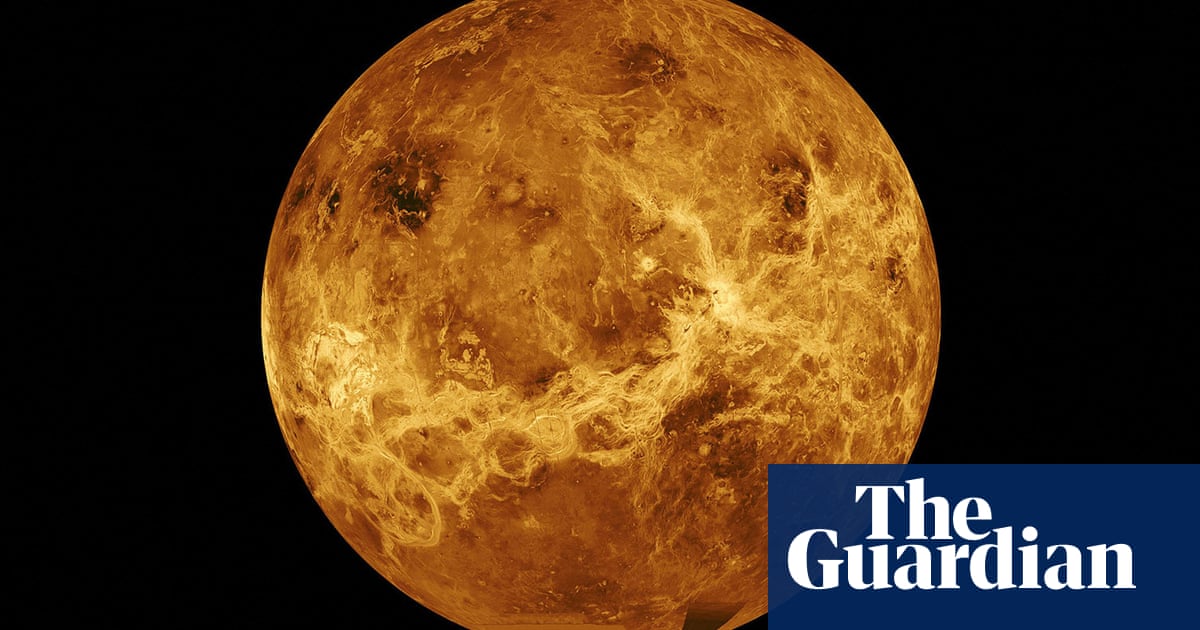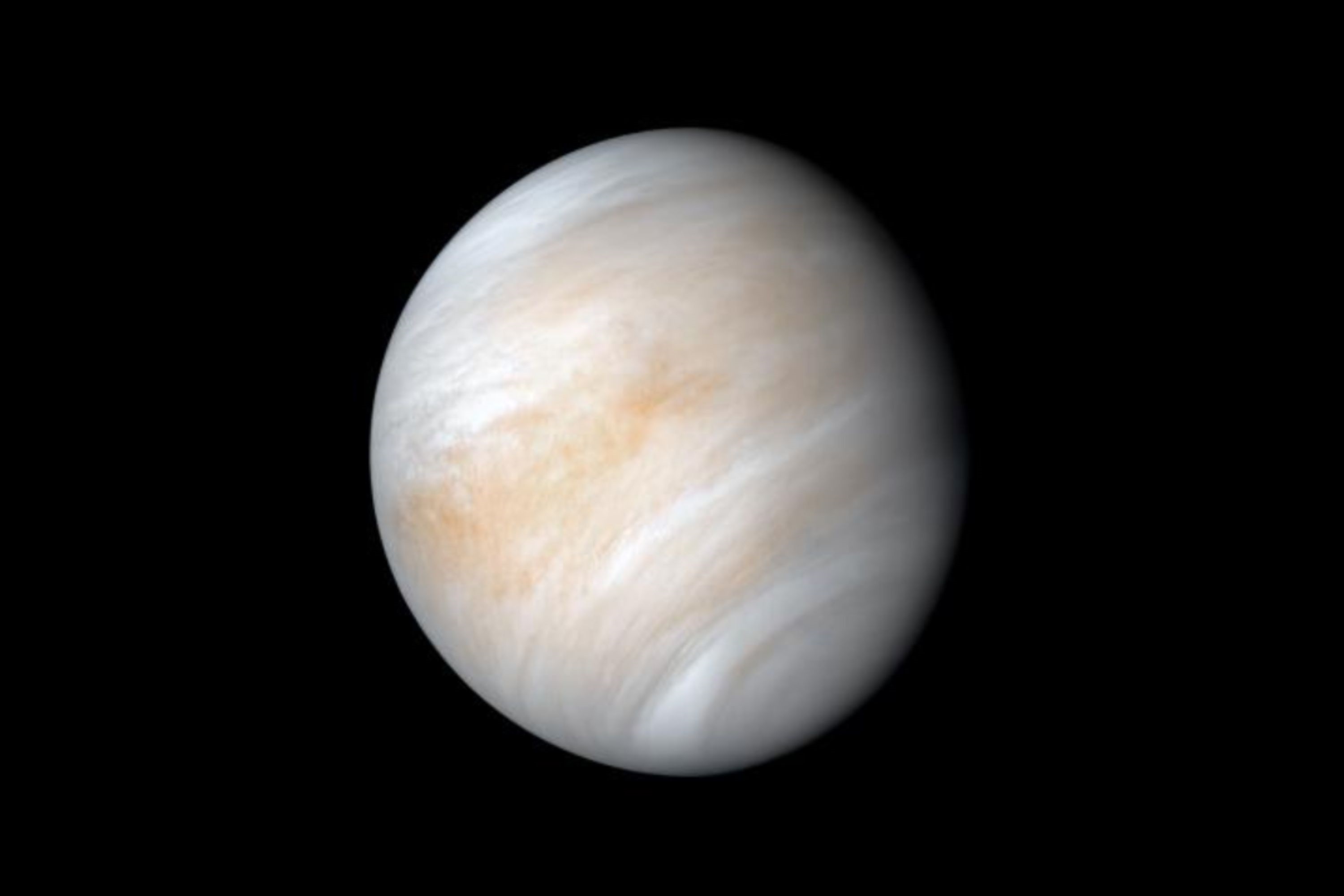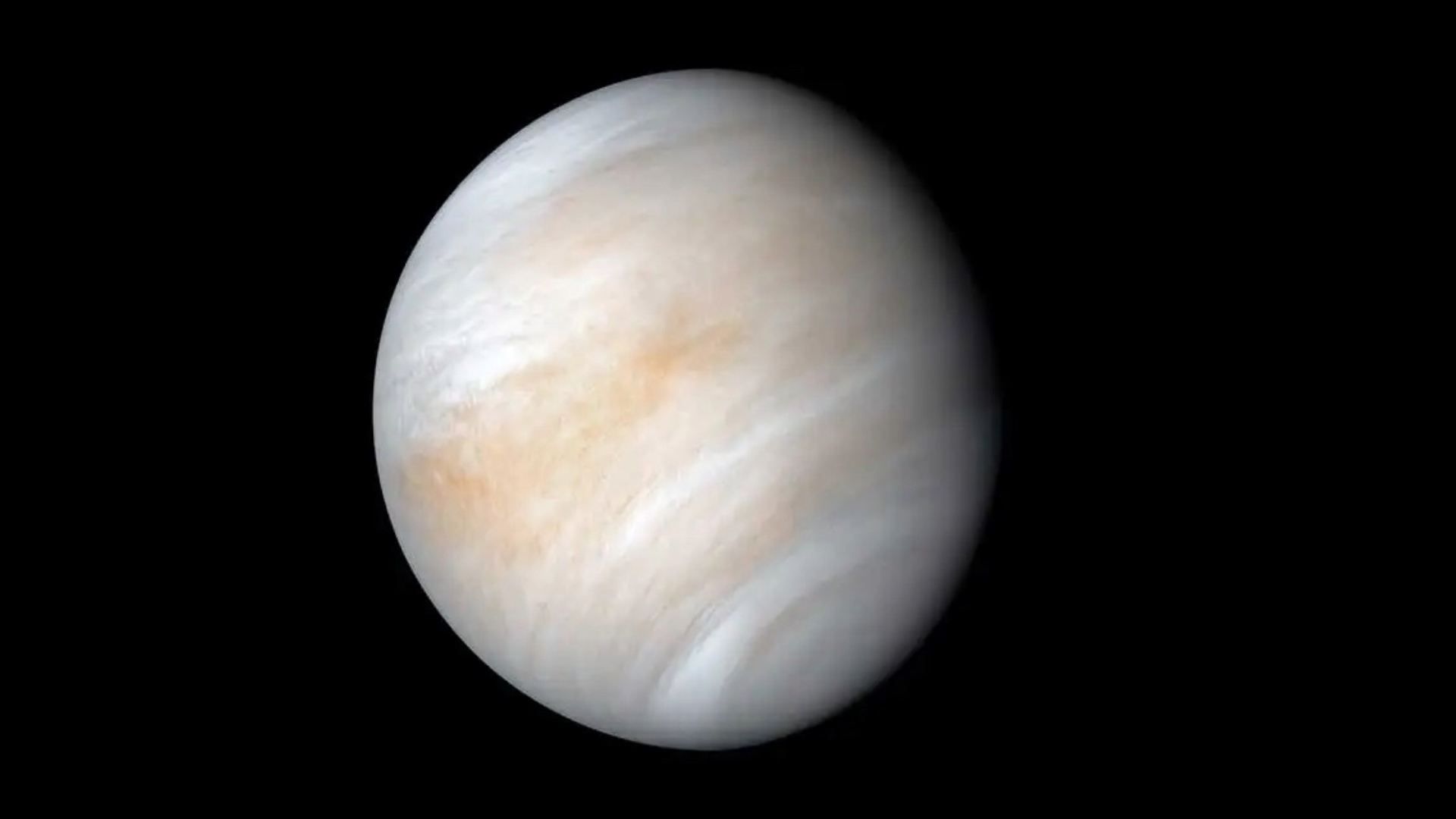
The planets Venus and Earth, being sister planets, have long been a subject of interest for scientists due to their close proximity and similarities. However, despite numerous probes sent to Venus over the years, much remains unknown about its surface and atmosphere. In recent times, there have been intriguing reports of potential biosignatures in Venus' atmosphere - phosphine and ammonia gases.
Phosphine gas is primarily produced by microbes in oxygen-starved environments on Earth. Its detection in Venus' clouds has been a topic of much debate, with some scientists suggesting it could be an indication of life forms. The latest observations using the James Clerk Maxwell telescope and the Green Bank telescope have hinted at its presence, although this remains a contentious issue.
Ammonia gas is another potential biosignature that has been detected in Venus' atmosphere. It is primarily produced by biological activity on Earth and industrial processes. Its presence in Venus' clouds could not readily be explained by known atmospheric or geological phenomena, suggesting it might be of biological origin.
The detection of these gases has significant implications for our understanding of Venus and the potential existence of life beyond Earth. However, it is important to note that these findings are preliminary and require further investigation to confirm their validity.
Despite the excitement surrounding these discoveries, it is crucial to remain skeptical and consider alternative explanations. The presence of phosphine and ammonia gases in Venus' atmosphere could be due to geological processes or other non-biological sources. It is only through rigorous scientific investigation that we can determine the true nature of these findings.
The search for life on Venus continues, with future missions such as Envision offering new opportunities to explore this enigmatic planet and unravel its mysteries.



